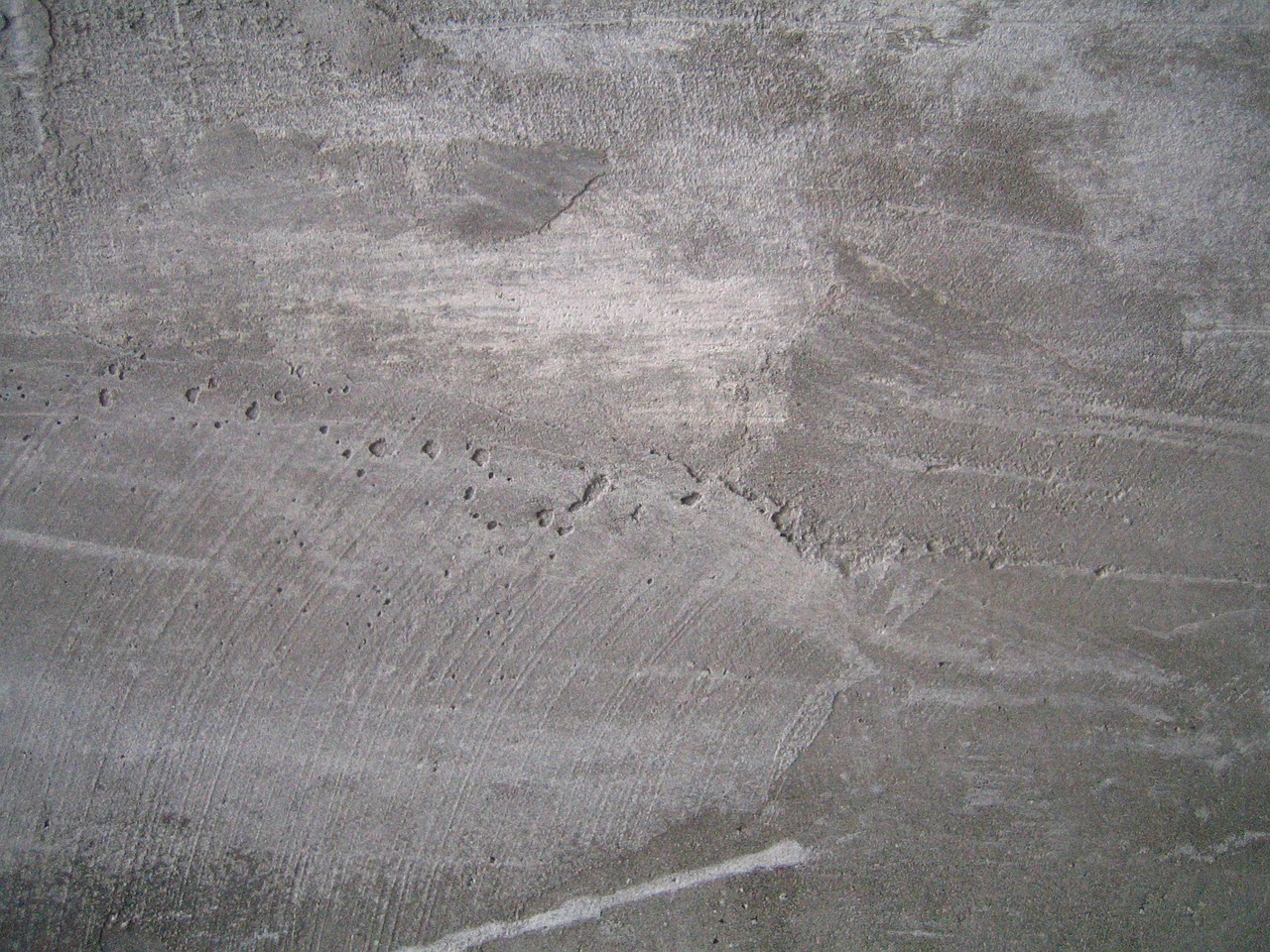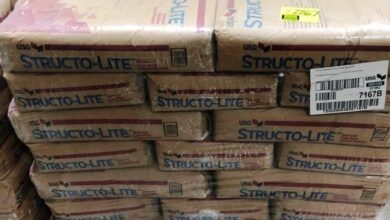Thinset vs. Joint Compound

Both Joint Compound and Thinset are essential to construction projects. Each has a number of benefits and drawbacks.
Unpleasant outcomes could arise if you use it for the incorrect project and are unaware of the roles that each plays. In this post, we’ll define Thinset and Joint Compound and go over some of their main applications.
What Is Thinset?
Since tile installation is Thinset’s primary use, you’ll likely hear a lot about it in these contexts. Though Thinset is a modified mortar, its purpose is not to support bricks or serve as flooring, but rather to install tiles.
The reason is that it isn’t strong enough to accomplish the latter goals. Knowing what Thinset can do will guarantee that you make the most of it.
What components make up Thinset? Sand, cement, and water-retentive agents make up thinset. As was already mentioned, the main function of Thinset is to facilitate tile adhesion to walls. Nearly every retailer in your area carries Thinset.
There are various forms available for Thinset. One option is Thinset, which is already blended. This option requires you to open the packaging and use the product right away. A different variety of Thinset is offered as a dry powder. You will need to add water in order to use it.
As the name implies, Thinset is thinner than the mortar you are accustomed to. Thinset is therefore much simpler to distribute while keeping homogeneity.
In addition to being offered as dry or pre-mixed, Thinset comes in two additional varieties. Special polymers found in Modified Thinset give it a higher adhesive power.
Additionally, unadulterated Thinset—available in its purest form—can be purchased. This type consists primarily of Portland cement, water-retaining agents, and sand.
Please take note that after the installation project is complete, Thinset should be concealed behind the tile. It’s not meant to be seen.
Where is Thinset useful? The fact that Thinset works on a variety of surfaces is one of its advantages. Cement, cement backer boards, and concrete or wall-covered floors are a few examples.
Waterproof membranes can also be treated with Thinset. We need to talk about how to use Thinset while we’re talking about where to use it.
A trowel is the best tool for applying thinset. Spoon some Thinset onto the cement board or floor during tile installation. Only when large tiles are being installed should Thinset be used behind the tile itself.
Thinset’s resistance to water makes it ideal for tile installation tasks. As a result, bathrooms, kitchens, and other locations that are prone to moisture can use it.
To make the installation of tiles simpler, thinset was developed. If tile installation is something you are familiar with, you are aware of two approaches. Prior to Thinset, a mortar bed was primarily used for tile installation.
Here, a thick layer of cement would be applied to the wall or floor, and tiles would be laid after the cement had had a chance to set.
Using a mortar bed requires a lengthy process. Conversely, thinset offers an installation solution for tiles that is significantly faster.
Thinset should guarantee that a tile installation job with a mortar bed is finished in hours rather than days.
What Is Joint Compound?
Now that you are aware of what Thinset is, let us discuss Joint Compound and its applications. Recall that Joint Compound is used for finishing drywall, and Thinset is used for installing tiles.
The adhesive known as joint compound is used to secure patching, seams, and drywall to one another using screws. Joint Compound is frequently applied in conjunction with drywall tape and a board. It’s also a great way to prepare the surface before painting drywall.
Joint compound, sometimes referred to as “mud” by contractors, is essential to drywall installation projects. Gypsum is the main component of Joint Compound.
Like Thinset, Joint Compound comes in a powdered form that has already been mixed and requires water to activate.Joint Compound is particularly effective because of a few specific features.
It is resistant to moisture and mildew, for example. Joint Compound comes in a variety of forms, with varying concentrations of gypsum. The ones that dry out fastest are those with higher gypsum content.
Let’s examine each of the various varieties in more detail so that you can grasp what Joint Compounds are.
- Powdered Joint Compound, sometimes referred to as hot mud, works really well for inexperienced builders.
The user’s ability to choose the thickness or thinness is the reason.Gypsum is present in large quantities in hot mud. It thus dries fairly quickly. The best time to use it would be right after adding the water. Because powdered joint compound expands as it cures, it’s a great option for pre-filling joints. It is therefore excellent for completing gaps. Sanding hot mud is difficult because it dries quite solidly.
- A Joint Compound that has already been mixed is the alternative.
They come pre-assembled for sale. They are perfect for taping. All-purpose pre-mixed joint compound is available for use in every step of the drywall finishing process. These are excellent for novices.
To use with paper tapes, there are also tape compounds available. Additionally, there are versatile, lightweight joint compounds. You have to be extremely careful and make sure the option you select is ideal for that type of work before purchasing a Joint Compound.
One product that is crucial to providing drywall with a smooth finish is joint compound. After taping the drywall, use drywall knives to fill screw holes and apply a layer of joint compound to hide the seams.
Joint Compound should be applied with the aforementioned tool, as opposed to Thinset, which requires a trowel. Spread it out on a flat tray for easier application.
What Distinguishes Them?
- Various Uses
These two products differ in their intended uses, which is the first and most important difference. Tiles are adhered to a cement board using Thinset, despite certain similarities that we will examine later.
Joint Compound, on the other hand, is a drywall finishing product. That’s what provides a smooth finish to drywall.
- A trowel is used to apply thinset; a flat tray and drywall knife are needed for joint compound.
You should anticipate that the application tools will vary between these two because of their distinct uses. Using a trowel, thinset is applied to a HardieBacker.
You must use a drywall knife and a flat tray when using Joint Compound to finish drywall.
- It Takes Longer to Use Joint Compound Than Thinset
When finishing drywall, Joint Compound requires more time and effort than Thinset when setting tiles. The area to be worked on’s size has a major impact on how long it takes.
On the other hand, the person doing the tile installation job with Thinset will take less time than the one doing the drywall finishing with Joint Compound.
- Cannot Be Employed in Place of Another
You might read on different forums that these two are interchangeable. But we would advise against it. These products are all made to work on various surfaces. You can be sure that using them interchangeably won’t produce satisfying and long-lasting effects.
Additionally, Thinset and Joint Compound can be found in a large number of physical stores as well as online. There’s no good reason to use one over the other.
What Similarities There Are Between Them?
both;
- Possess Adhesive Qualities
The fact that these two have some adhesive qualities is one of their most important traits. A certain kind of glue, like Joint Compound or Thinset, forms a bond between the product and the substrate.
- Come in pre-mixed and powdered forms.
Joint Compound and Thinset are also available in powdered and pre-mixed forms. Recall that your decision should be based on your preferences and that it is your choice.
What Makes Thinset Better?
There are some good things about Thinset that you should know about. Compared to mortar beds, it firstly makes tile installation projects incredibly quick and simple.
Second, Thinset is inexpensive and easily accessible. It ensures complete uniformity by leveling a surface and resisting water. But Thinset doesn’t seem to be doing well. Tiles must be used to cover it because of this.
What’s Better About Joint Compound?
Drywall mud has many advantages. A drywall installation project wouldn’t be complete without it. It’s Joint Compound that gives walls their smooth surface.
It conceals tapes, fills in nail heads on drywall, and seals drywall seams. Additionally, it gets the surface ready for painting. This product is essential for finishing drywall.
Who and Why Should Use Thinset?
For both novices and professionals looking for a quick and simple tile installation project, Thinset was developed. It is applied to a cement board or floor to aid in tile adhesion.
Who and Why Should Use Joint Compound?
Anyone who intends to finish their drywall will find Joint Compound to be perfect. Joint Compound can smooth out any tape or seams on drywall and get it ready for painting.

